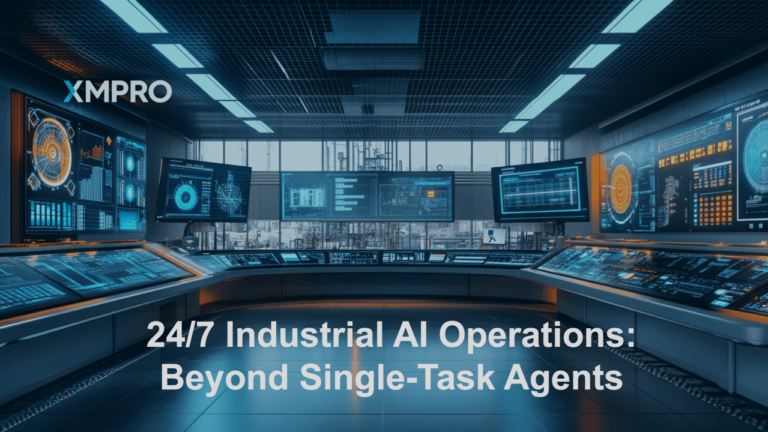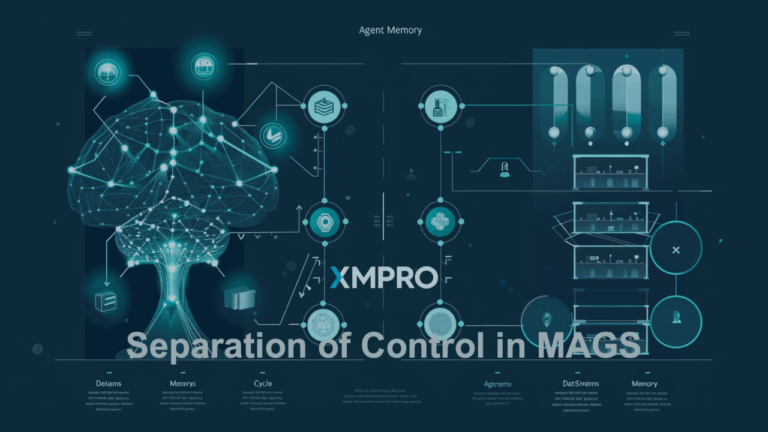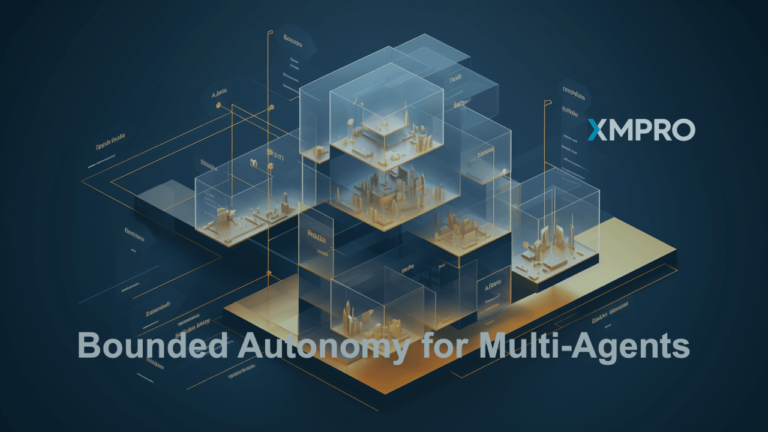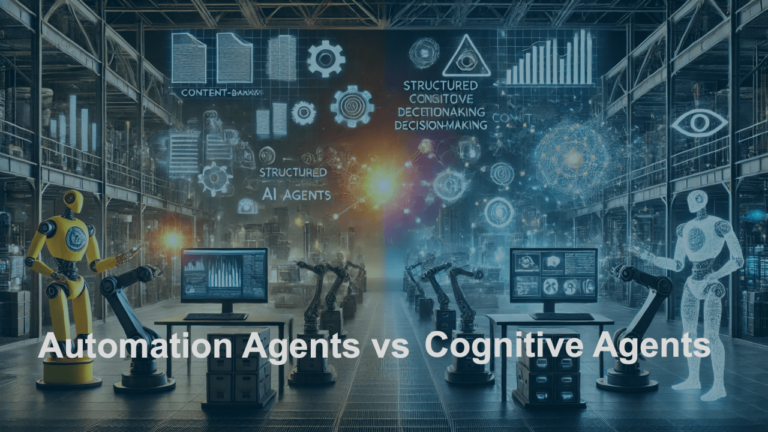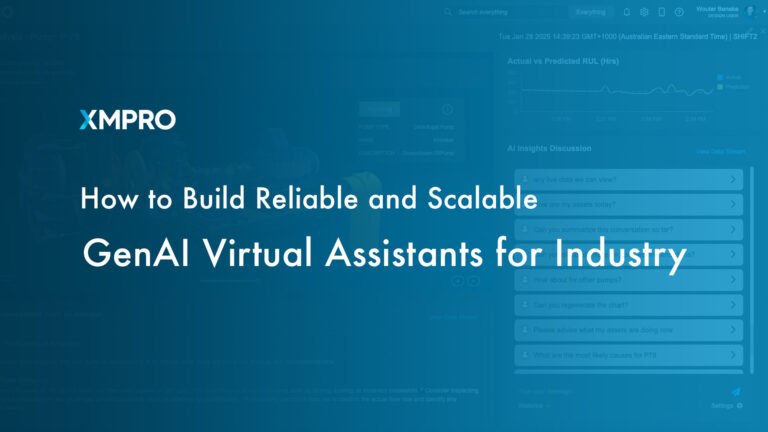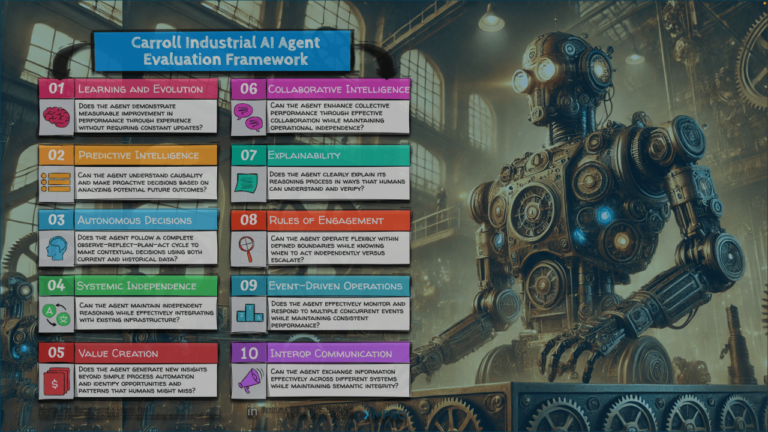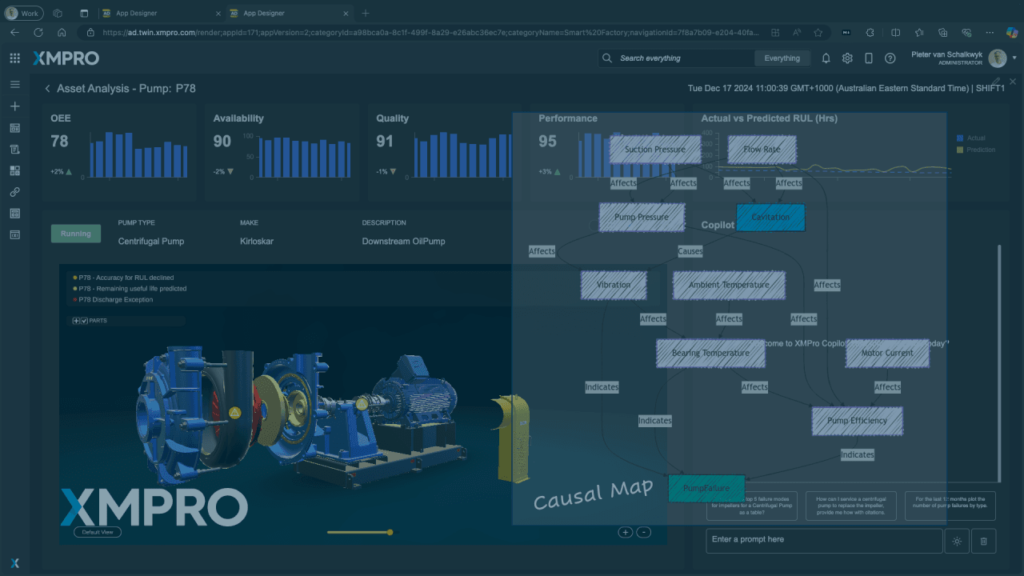Beyond Efficiency: XMPro’s Vision for Multi-Agent Systems in 2025

Pieter Van Schalkwyk
CEO at XMPRO
At XMPro, our core business remains firmly centered on our established platforms and capabilities for process and asset health monitoring. Our solutions continue to deliver value through predictive quality, advanced OEE, and predictive maintenance applications that help organizations optimize their operations.
As we look toward 2025, we’re extending these proven foundations with additional development in our Multi-Agent Generative Systems (MAGS).
The challenge many industrial organizations face isn’t about doing things faster or cheaper – it’s about doing the right things in the first place. We see too many companies trapped in cycles of activity that may have little connection to their desired outcomes. This is what we call the Activity Trap, and it’s costing organizations significant time and resources.
Our vision for MAGS in 2025 builds on our existing cognitive cycle of observe, reflect, plan, and act. We’re adding deeper layers of cognitive coherence and causal analysis that help organizations understand not just what happens in their processes, but why it happens and how to influence it. This isn’t about replacing current systems – it’s about making them more effective.
The key components of our enhanced MAGS approach include:
- Advanced causal analysis to identify which activities truly drive outcomes
- Multi-agent collaboration that maintains consistent understanding across operations
- Temporal awareness that connects short-term actions to long-term results
- More integration with existing XMPro platforms and tools
What excites our team most is how we’re making these sophisticated capabilities accessible through our no-code/low-code approach. Business users can apply these advanced analysis tools without needing expertise in data science or programming. The interface will feel familiar to anyone who uses our current platforms.
Consider how this works in practice. When analyzing a quality issue, MAGS doesn’t just look at process parameters and correlations. It examines the causal chains that connect various activities to outcomes, helping teams identify which actions actually contribute to quality improvements and which might be unnecessary historical habits.
Our development roadmap focuses on three main areas:
- Strengthening causal analysis capabilities within our existing cognitive cycle
- Improving the cognitive coherensive capabilities among among MAGS team
- Simplifying the user interface for business users while maintaining analytical power
For organizations already using XMPro’s platforms, this evolution of MAGS will feel like a natural extension of their current tools. We’re not asking users to learn new systems or replace existing processes. Instead, we’re adding capabilities that help them make better decisions about which processes deserve their attention.
The goal isn’t to add complexity – it’s to reduce it by helping organizations focus on what truly matters. By understanding the real causal relationships in their operations, teams can stop spending time on activities that don’t contribute to their goals and focus on those that do.
I invite you to share your thoughts on this vision for 2025. How could better understanding of cause-and-effect relationships in your operations help you escape the Activity Trap?
Let’s discuss the possibilities for making industrial operations not just more efficient, but more effective.
Our GitHub Repo has more technical information if you are interested. You can also contact myself or Gavin Green for more information.
Read more on MAGS at The Digital Engineer
About the Author: Pieter van Schalkwyk is the CEO of XMPro, which focuses on helping organizations bridge the gap between industrial operations and enterprise systems through practical AI solutions. With over thirty years of experience in industrial automation and digital transformation, Pieter leads XMPro’s mission to make industrial operations more intelligent, efficient, and responsive to business needs.










